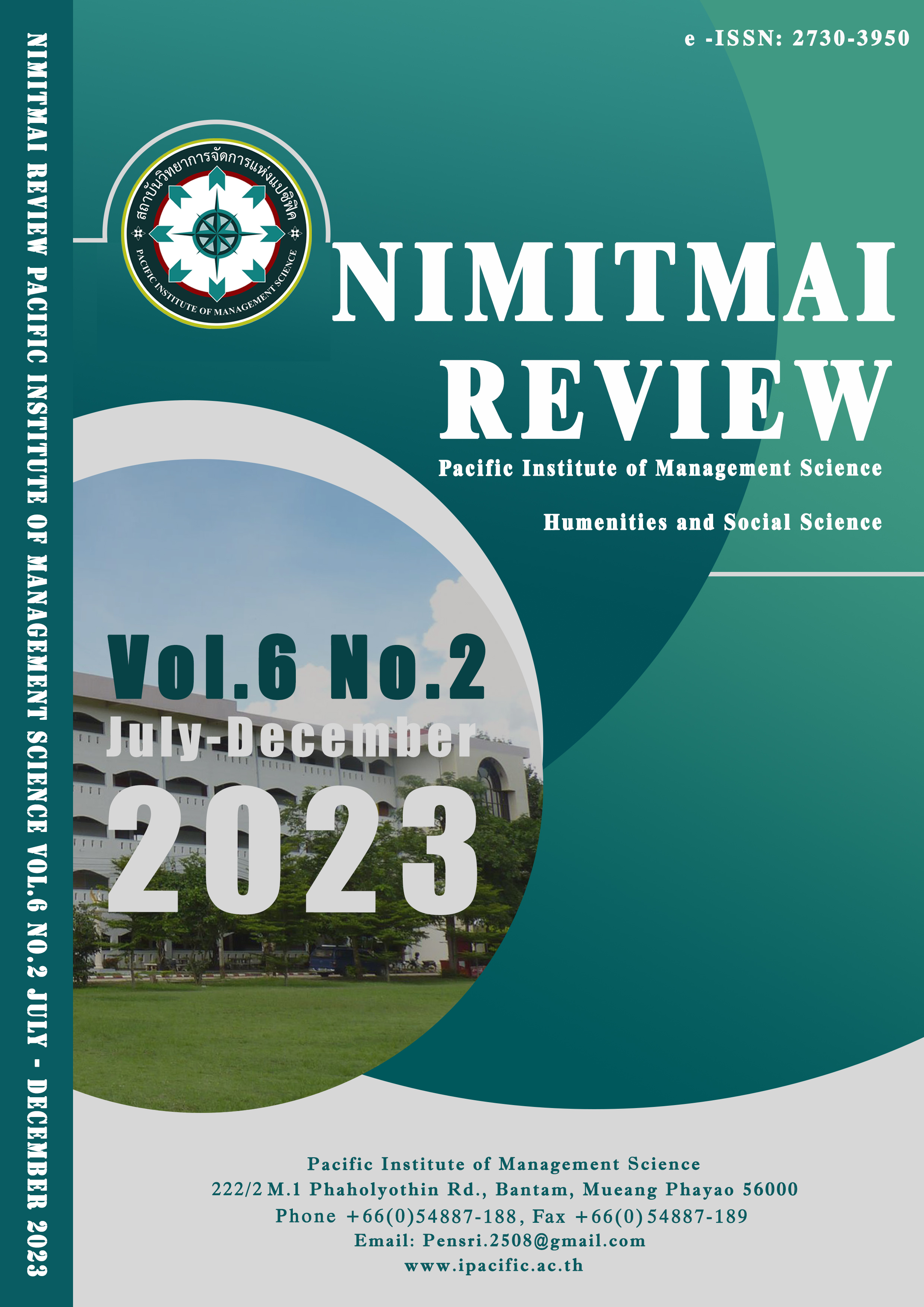A Philosophy on Design Quality Control : Increasing Brand Competitiveness with Designer and Their Intrapersonal Factors
Keywords:
quality control; design operation process; competitiveness.Abstract
The Research Article were objective 1)To study whether have causal relationship between DQC with brand competitiveness. 2)To study effect extent between two quality dimensions of design with each aspect of brand competitiveness, respectively. In order to find out how design can contribute to strong brand competitiveness for the emerging branding model, especially in firms where design is associated with the brand’s core competitiveness. Multiple regression equation modeling is carried out in order to examine the feasibility of multiple-dimension control, to identify and analyze the causal relationships between the different design attribute that are required to increase competitiveness of goal brand. For this purpose, Design aesthetic and design technology in relation to innovation profitability, brand image consistency and customer experience were investigated, based on designers’ standpoint. Since the overall quality and controlled attribute of the packaging design scale depended on the subjects on which the scale was based. Therefore, this is a sample consists of 400 designers with aged 21-55 years, a non-probability sampling is used. Except for 16 specially invited participants, all participants are working in Greater Bay Area where the design industry is the earliest, most advanced and largest in China. The empirical results show that the significant positive correlation between design aesthetic with innovation profitability, brand image consistency and customer experience. The resulting infers several associations within design aesthetic, the five important sub-factors found to potential influence on brand competitiveness were visual perception, design element, differentiation preference, creatively thinking and design expertise. Recent findings on live servers show that the causal relationship between DQC and brand competitiveness is related to the size, life cycle, and expertise of each company analyzed. Due to limited time This article therefore does not categorize these variables, which may serve as research guidelines for future researchers.
References
Bou-Mitri, C., et al (2021), "Food packaging design and consumer perception of the product quality, safety, healthiness and preference", Nutrition & Food Science, 51(1), 71-86.
Chen J C, Dugger J & Hammer B. (2000). “A Kaizen Based Approach for Cellular Manufacturing Design: A Case Study”, The Journal of Technology Studies, 27(2)19-27.
Seifert C., et al, (2017). How Much Can Brands Deviate from their Brand Aesthetic? The Moderating Role of Brand’s Luxury Statu [J].
HAN Fu-rong, et al, (2008).Research on the Indicator System for Brand Competitiveness [J],Journal of Beijing University of Technology, 34(6)
Hammer M, Champy J & Tathan R L (1993). Reengineering the Corporation:A Manifesto for Business Revolution, Harper Collins, New York.
Hosam Al-amarraie, et al. (2019). Packaging design elements and consumers' decision to buy from the Web: A cause and effect decision‐making model[J]. Color Research & Application.
Imai, M. (1986). Kaizen-the key to Japan’s competitive success. New York, NY: Random House.
Michael B. Beverl (2005), Managing the Design Innovation–Brand Marketing Interface: Resolving the Tension between Artistic Creation and Commercial Imperatives,
Michael B.Beverl, (2005). managing the design innovation-brand marketing interface:Resolving the tension between artistic creation and commercial imperatives [J], 22:193-207
Porter, M. . (1979). How competitive forces shape strategy [J]. Harvard Business Review, 57.
Page Christine, et al (2002). An investigation of the processes by which product design and brand strength interact to determine initial affect and quality judgments. Journal of Consumer Psychology.12(2), 133-147.
Payne, A. , Storbacka, et al(2009). Co-creating brands: diagnosing and designing the relationship experience. Journal of Business Research, 62(3), 379-389.
Rundh, B.(2009). Packaging design:creating competitive advantage with product packaging [J].British Food Journal.111, (9)
Steenis ND, et al. 2017.Consumer reponse to packaging design: The role of packaging materials and graphics in sustainability perceptions and product evaluations [J]. Cleaner Production.
Seifert, Christin; et al, (2017). "How Much Can Brands Deviate from their Brand Aesthetic? The Moderating Role of Brand’s Luxury Statu" (2017). International Textile and Apparel Association (ITAA) Annual Conference Proceedings. 86.
Shin’ya Nagasawa, Teruhiko Fukunaga,(2014) Strategic Brand Management of the LuxuryBrand GUCCI [J], Waseda Business & Economic Studies,
Yazhe C., et al ,(2017) Study on the product quality control based on the systematic design process [J], CHINESE JOURNAL OF CONSTRUCTION MACHINERY, 15(6)
Downloads
Published
How to Cite
Issue
Section
License
Copyright (c) 2023 Nimitmai Review Journal

This work is licensed under a Creative Commons Attribution-NonCommercial-NoDerivatives 4.0 International License.



